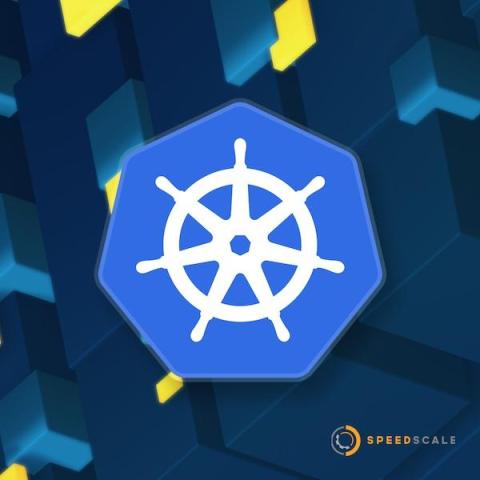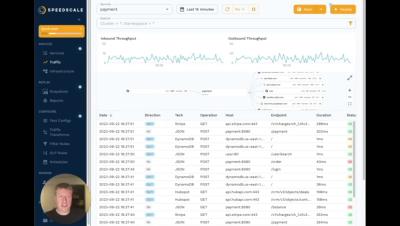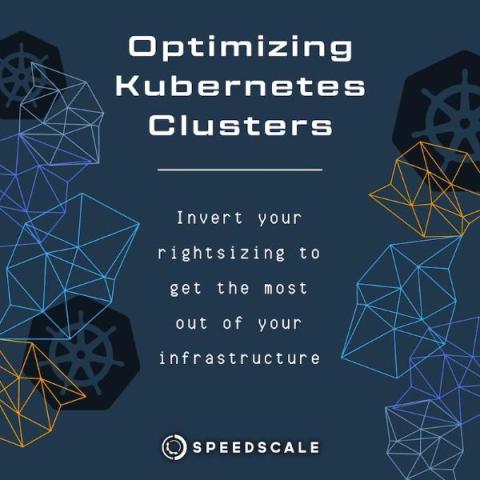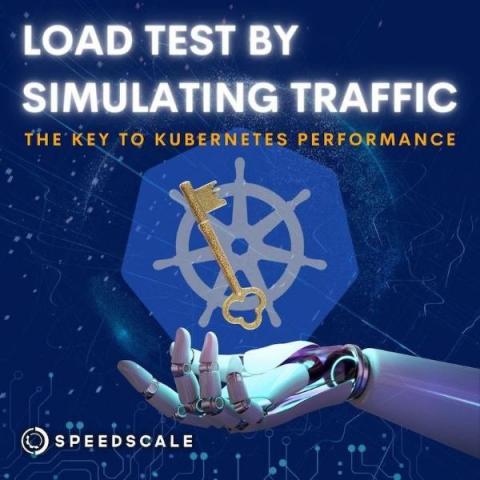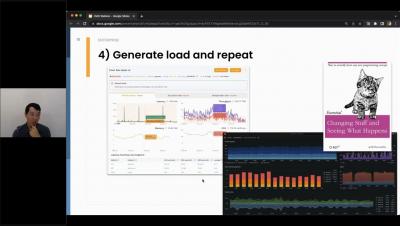Sponsored Post
Kubernetes Load Testing: Top 5 Tools & Methodologies
Compare tools & learn the best methodologies for efficient Kubernetes load testing, and see how to ensure performance of your app under load.


